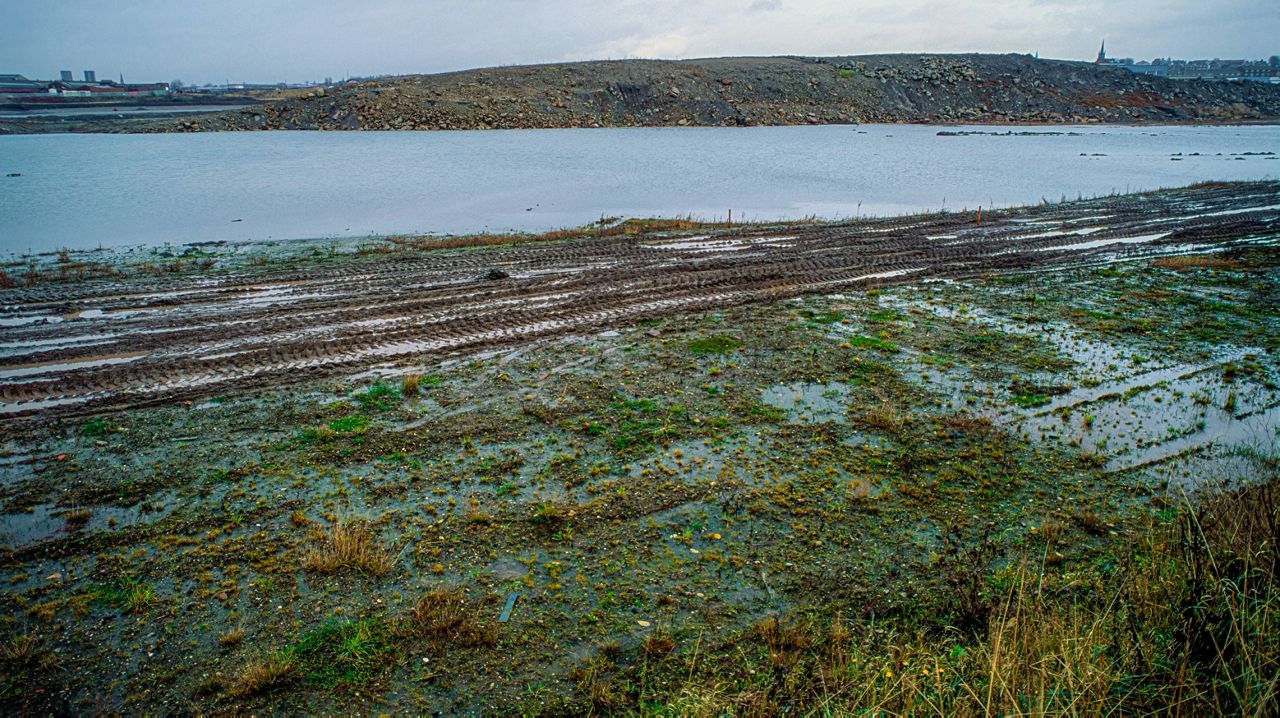CLEVELAND — State officials announced Tuesday that nearly $175 million in grant funding is available for communities to help clean up contaminated properties, otherwise known as brownfields.
The goal is to help communities prepare those properties for new development opportunities, according to Gov. Mike DeWine, Lt. Gov. Jon Husted and Ohio Department of Development Director Lydia Mihalik.
The funding will be awarded as part of the Ohio Brownfield Remediation Program, which aims to help communities "clean up industrial, commercial, and institutional brownfield sites that are abandoned, idled, or underutilized due to a known or potential release of hazardous substances or petroleum," according to press release.
“Many of the brownfield properties in Ohio once played an important role in the industries that shaped our great state’s legacy of innovation,” said DeWine. “By supporting more of our communities through this transformative program, we’re giving these sites a second chance and clearing a path for Ohio’s next great economic success story.”
There were three previous rounds of funds given out as part of the program that provided nearly $350 million to support 313 projects in 83 counties, according to DeWine's office.
"Projects that assess or remediate brownfield properties" are eligible to apply for the funding, and each county has a designated lead entity that can apply for funding on behalf of the county. Entities who contributed to the contamination of the properties are not eligible.
“Reviving brownfield sites isn't just about clearing the past, it's about sculpting a promising future,” said Husted. “Cleaning these sites opens up residential, commercial, and industrial locations that are already connected to the necessary infrastructure to redevelop. This unlocks the potential for vibrant communities, breathing new life into forgotten grounds to become a place where history greets innovation."



